The Mariinsky Theatre stands as a monumental icon in the world of performing arts, epitomizing Russia’s rich cultural heritage and artistic prowess. Nestled in the heart of St. Petersburg, it serves not just as an architectural marvel but also as a vibrant hub for opera, ballet, and music. With a history steeped in tradition and excellence, the theatre invites both admiration and reflection, enriching the cultural tapestry of Russia. In exploring the significance of the Mariinsky Theatre, we delve into its historical roots, architectural grandeur, its role as a cultural hub, and the multifaceted experiences it offers to its patrons.
Historical Significance of the Mariinsky Theatre
Established in 1860, the Mariinsky Theatre has played a crucial role in the development of Russian ballet and opera. Its inception marked a turning point in the nation’s cultural narrative, as the theatre became a symbol of imperial patronage and artistic flourishing. Named after Empress Maria Alexandrovna, the Mariinsky Theatre embodies the connection between the arts and the aristocracy during an era characterized by grandiosity and cultural ambition.
As we unpack the historical significance of this extraordinary venue, we will explore its evolution through time, the illustrious figures who graced its stage, and the legacy it has created.
The Birth of a Cultural Institution
The Mariinsky Theatre was established during a period when Russia was eager to showcase its cultural identity on a global stage. It emerged not only as a venue for performances but also as a breeding ground for pioneering artists and innovative works.
The founding vision was accompanied by the recognition of the need for a dedicated space where opera and ballet could flourish. As the theatre opened its doors, it quickly became a crucible for talents such as Pyotr Ilyich Tchaikovsky and Nikolai Rimsky-Korsakov. Their contributions left an indelible mark on the repertoire, showcasing the potential of Russian art to blend classical forms with nationalistic themes.
The theatre’s debut performances marked a significant milestone in the development of Russian ballet and opera, encapsulating the spirit of a nation yearning for expression. From Tchaikovsky’s “Swan Lake” to Rimsky-Korsakov’s “Sadko”, each performance continues to resonate with audiences, underscoring the importance of the Mariinsky as a platform for artistic innovation.
A Stage for Icons
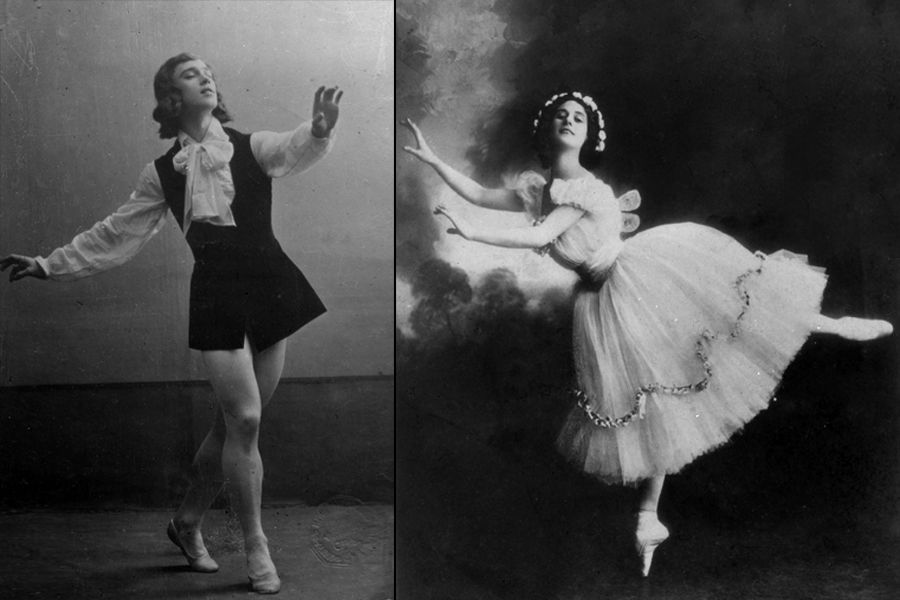
Throughout its illustrious history, the Mariinsky Theatre has hosted numerous icons of the performing arts. Legendary dancers, singers, and composers have walked its hallowed halls, transforming the stage into a realm of artistic brilliance.
The likes of Anna Pavlova and Vaslav Nijinsky captivated audiences with their extraordinary talent, while celebrated operatic voices like Feodor Chaliapin etched their names into the annals of musical history. Each performer not only contributed to the theatre’s storied legacy but also shaped the audience’s perceptions of what art could achieve.
This continuous lineage of artistic excellence reinforces the notion that the Mariinsky Theatre is more than just a building; it is a living entity that breathes life into the cultural consciousness. It acts as a bridge linking generations of performers with audiences hungry for enchantment, passion, and meaning.
Legacy and Influence
The influence of the Mariinsky extends well beyond its walls. It has become a touchstone for other cultural institutions worldwide, inspiring a host of theatres to curate similar programs that celebrate the richness of artistic expression.
As we look toward the future, the Mariinsky Theatre remains committed to fostering new talent and adapting to contemporary trends. This dedication ensures that its legacy endures, allowing new generations of artists to emerge and carry the torch forward. The theatre’s ability to embrace change while upholding tradition exemplifies how cultural institutions can evolve, continuing to play a pivotal role in society.
Architectural Marvel of the Mariinsky Theatre
From an architectural perspective, the Mariinsky Theatre is a striking blend of neoclassical and modern design elements. Its façade, adorned with elaborate sculptures and intricate details, evokes a sense of grandeur while its interior captivates visitors with opulent decorations and magnificent chandeliers. Over the years, the theatre has undergone various renovations, most notably the addition of the Mariinsky II in 2013, which seamlessly merges cutting-edge technology with the aesthetics of the historic venue.
In examining the architectural significance of the Mariinsky Theatre, we will explore its design evolution, the challenges faced during renovations, and how it reflects the broader narrative of cultural preservation and innovation.
A Journey Through Time: The Evolution of Design
The original structure of the Mariinsky Theatre was completed in 1860, showcasing a classic neoclassical style with its imposing columns and symmetrical layout. However, as the demands of modern performances grew, so did the need for technological advancements within the venue.
The decision to construct the Mariinsky II was a bold commitment to preserving the integrity of the historic theatre while addressing contemporary needs. This juxtaposition of eras speaks volumes about the theatre’s dedication to honoring its past while welcoming the future with open arms. The modern addition boasts state-of-the-art acoustics, advanced staging facilities, and luxurious seating, transforming the experience for performers and audiences alike.
The contrasting designs serve as a conversation between the old and the new, inviting contemplation on how cultural institutions can maintain their relevance while staying true to their heritage. The Mariinsky Theatre exemplifies this balance, illustrating the potential for tradition and modernity to coexist harmoniously.
Preserving Heritage While Embracing Innovation
One of the biggest challenges faced by the Mariinsky Theatre during renovations was ensuring that the modernization efforts did not detract from its historical essence. The architects approached this task with great reverence, carefully integrating modern features while maintaining the ornate charm that defines the original building.
The interior spaces reflect a meticulous attention to detail, preserving the exquisite moldings and rich color palette that have enthralled audiences for generations. Visitors are transported back in time as they walk through beautifully restored lounges and viewing areas, all while enjoying the benefits of contemporary amenities.
This thoughtful approach to renovation demonstrates that cultural institutions can evolve without compromising their foundational values. The Mariinsky Theatre serves as a case study for other venues grappling with similar dilemmas, inspiring them to seek creative solutions that honor the past while embracing the possibilities of the future.
A Space for Artistic Expression
The significance of the Mariinsky Theatre goes beyond its structural attributes; it is a sanctuary for artistic expression. The very architecture of the theatre contributes to the overall experience of attending a performance, creating an atmosphere that inspires creativity and awe.
As patrons step inside, they are enveloped by the opulence of the interiors—the gilded details, plush velvet seats, and soaring ceilings amplify the anticipation before a performance. Each element is designed to heighten the senses and immerse audiences in the magic of the arts.
This focus on crafting an exceptional environment highlights the understanding that the theatre is not merely a backdrop for performances; it is an integral part of the storytelling experience. By prioritizing aesthetics alongside functionality, the Mariinsky Theatre cultivates an emotional resonance that lingers long after the final curtain falls.
The Mariinsky Theatre as a Cultural Hub
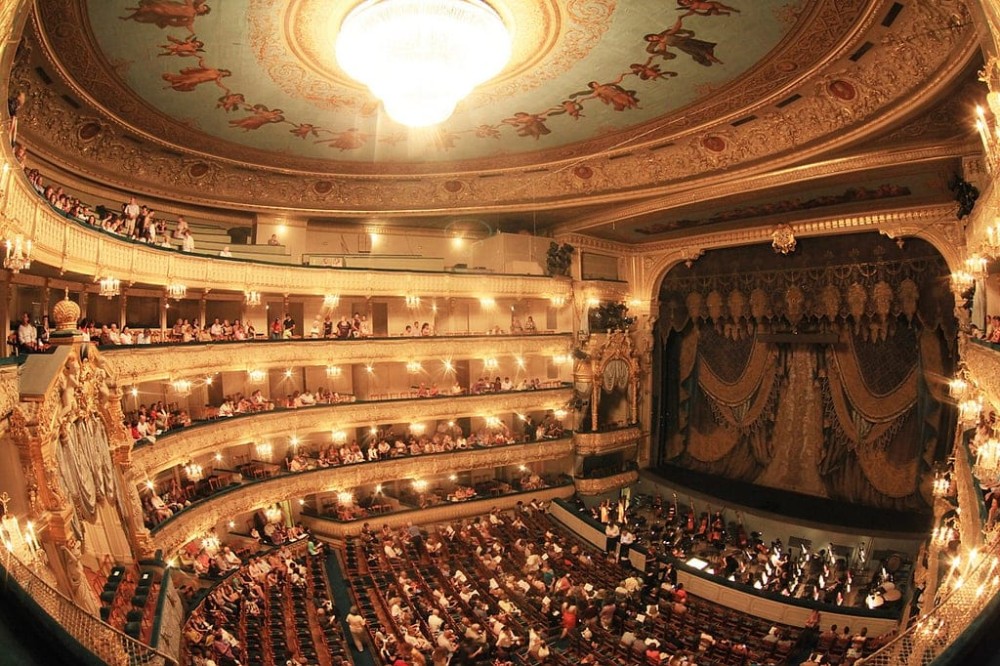
The Mariinsky Theatre transcends being just a performance venue; it operates as a microcosm of St. Petersburg’s social life. As patrons gather for nights filled with opera or ballet, they engage in a communal ritual akin to the salons of yore, where artistry and intellect converged to celebrate creativity and discourse.
In exploring the multifaceted role of the Mariinsky Theatre as a cultural hub, we will examine its impact on community engagement, the role of diversity within the arts, and how it fosters cross-cultural connections among its audience.
Community Engagement Through the Arts
At its core, the Mariinsky Theatre embraces the idea that the arts should be accessible to all. Its programming reflects a commitment to engaging diverse demographics and nurturing a culture that celebrates inclusivity.
The theatre frequently organizes events that encourage participation from local communities, seeking to bridge the gap between high art and everyday enjoyment. Programs aimed at schoolchildren, workshops for aspiring artists, and outreach initiatives serve to cultivate a love for the performing arts among future generations.
By providing opportunities for people from different backgrounds to experience the transformative power of art, the Mariinsky Theatre nurtures a sense of belonging and camaraderie. These initiatives reinforce the notion that cultural institutions can play a vital role in shaping societal values and fostering unity.
Celebrating Diversity in the Arts
Diversity is a central theme in the programming of the Mariinsky Theatre. It actively seeks to present a variety of performances that reflect different cultural narratives, ensuring that the stage is a platform for all voices.
Whether showcasing traditional folk dance, contemporary choreography, or international operatic masterpieces, the theatre celebrates the richness of human experiences. This commitment to diversity resonates with contemporary themes of inclusivity, challenging stereotypes and encouraging dialogue about the importance of representation in the arts.
The opportunity for audience members to engage with a wide spectrum of artistic expressions fosters mutual understanding and respect among individuals from varied backgrounds. It is a testament to the theatre’s belief that art is a universal language capable of transcending boundaries and bringing people together.
Cross-Cultural Connections
As a cultural hub, the Mariinsky Theatre serves as a meeting point for individuals from around the globe. The shared experience of attending a performance creates an ambiance where conversations flow freely, enabling connections that go beyond linguistic barriers.
The interactions that take place in the lobby before a show or during intermissions often spark discussions about shared interests, cultural insights, and personal stories. This aspect of the theatre underscores its role as a facilitator of cross-cultural dialogue and understanding, resonating with the idea that art can act as a conduit for connection.
The Mariinsky Theatre’s ability to welcome international guests while remaining rooted in its local traditions exemplifies the dynamic interplay between global and local cultures. It posits that cultural exchange enriches the artistic landscape, ultimately contributing to a more empathetic and interconnected world.
Perspectives on the Performance Experience
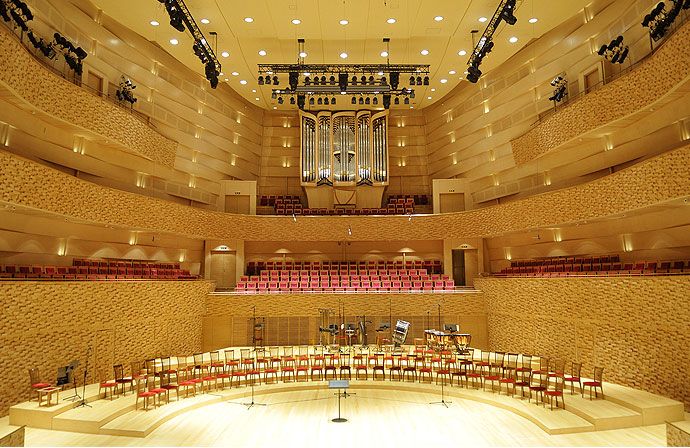
Experiences at the Mariinsky Theatre vary considerably, encompassing a range of perspectives from casual tourists enchanted by the grandeur of the performances to locals who regard it as an essential part of their cultural identity. This duality raises important questions regarding accessibility and elitism within the arts.
As we delve deeper into the multifaceted experiences offered by the Mariinsky Theatre, we will analyze the relationship between high art and everyday enjoyment, the theatre’s commitment to inclusivity, and how it adapts to the evolving needs of society.
Bridging the Gap Between High Art and Everyday Enjoyment
One of the most compelling aspects of the Mariinsky Theatre is its determination to make the arts accessible to everyone. The theatre frequently curates a diverse range of programming that caters to various audiences, effectively bridging the gap between high art and casual enjoyment.
Offering matinee performances, discounted tickets for students, and family-friendly shows allows broader access to those who might otherwise feel alienated from the world of opera and ballet. This conscious effort to cater to different demographics underscores the theatre’s commitment to nurturing future generations of artists and enthusiasts.
There’s an inherent beauty in celebrating classical art forms while simultaneously making them approachable. It elevates the performing arts beyond elitism, transforming them into shared experiences that foster a collective appreciation of culture.
A Living Institution
Interestingly, the Mariinsky Theatre is not just a relic of the past; it is a living institution that adapts to the changing needs of society. Its programming reflects contemporary trends while honoring traditional forms, acting as an incubator for talent and cultural exchange.
The theatre encourages new interpretations of classic works, presenting innovative productions that challenge our perceptions of time-honored narratives. When audiences witness familiar tales reimagined with a modern twist, it prompts reflection on how art evolves alongside society.
This adaptability positions the Mariinsky Theatre as a vital component in the ongoing dialogue of artistic expression, demonstrating that cultural spaces can remain relevant by responding to the pulse of contemporary life.
An Invitation to Engage
Ultimately, the Mariinsky Theatre offers an invitation to engage—not just with the performances but with the broader cultural movement of which it is a part. Attendees leave the theatre not only having witnessed remarkable artistry but also having participated in a larger exploration of societal values, artistic trends, and the nature of human connection.
For many, a visit to the Mariinsky Theatre becomes more than a mere outing; it transforms into a cherished memory intertwined with personal narratives and social encounters. This powerful synthesis of experience speaks to the potential of the performing arts to inspire, provoke thought, and create lasting impressions.
Conclusion

The Mariinsky Theatre stands as a multifaceted entity that encapsulates the essence of Russia’s cultural landscape. Its historical roots intertwine with a commitment to modernity, while its role as a cultural hub fosters connections between diverse groups of people united by their love for the arts.
As we continue to navigate the complexities of contemporary life, the Mariinsky Theatre serves as a reminder of the profound impact that the performing arts can have on society. By bridging history with modernity, community engagement with artistic expression, it offers a unique lens through which we can explore the evolving narrative of Russian arts.
In a rapidly changing world, the Mariinsky Theatre is not just an emblem of the past; it is a beacon of hope, innovation, and resilience, inviting us to celebrate our shared humanity through the transformative power of art.
✉️ Stay Connected — Subscribe for Weekly Updates
Discover timeless stories, practical wisdom, and beautiful culture — delivered straight to your inbox.
*We only share valuable insights — no spam, ever.




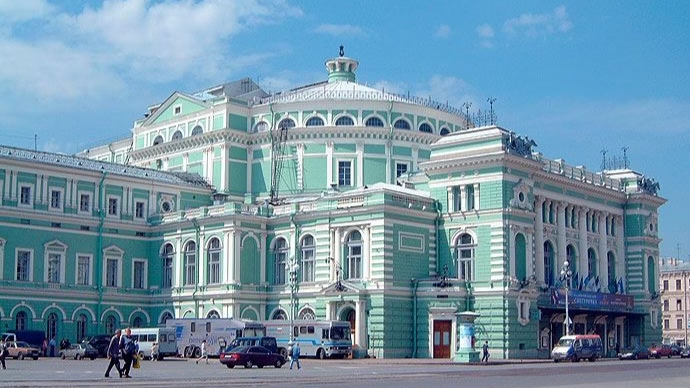

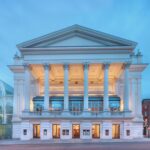
tlovertonet
Tháng 9 6, 2024I conceive this site contains some really good info for everyone : D.
John Son
Tháng 9 6, 2024thank you so much
Sanford Ming
Tháng 9 6, 2024I was suggested this website by means of my cousin. I’m now not certain whether this post is written by means of him as nobody else recognize such targeted approximately my difficulty. You are wonderful! Thank you!
drover sointeru
Tháng 9 6, 2024I have been exploring for a little for any high-quality articles or weblog posts on this sort of space . Exploring in Yahoo I ultimately stumbled upon this site. Studying this information So i?¦m glad to exhibit that I’ve an incredibly good uncanny feeling I came upon exactly what I needed. I so much definitely will make certain to don?¦t disregard this site and give it a look regularly.
vorbelutr ioperbir
Tháng 9 6, 2024I have been checking out some of your articles and it’s pretty good stuff. I will make sure to bookmark your blog.
droversointeru
Tháng 9 6, 2024Thanks for helping out, excellent information.
kakek123 slot
Tháng 9 6, 2024whoah this blog is excellent i really like studying your articles. Keep up the great paintings! You know, lots of people are hunting round for this information, you could help them greatly.